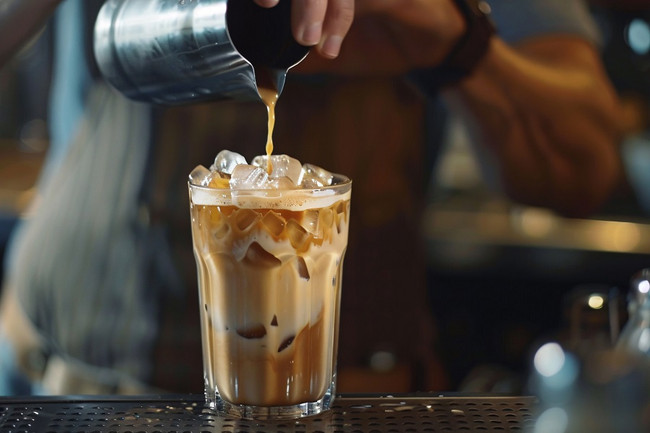✕

Column: industry Tag: Nestlé,coffee,drinks Published: 2024-11-06 14:07 Source: www.foodingredientsfirst.com Author:

Nestlé is expanding its Nescafé Fusion system for personalized drink options in the foodservice sector and at home. Variants include hot or cold, whole roasted beans, or instant milk, with the option to choose from dairy or plant-based variants.
The Swiss multinational flags a growing demand for cold coffee among younger consumer cohorts, adding that having an iced beverage option and a hot one is “important but challenging.”
The company is enabling foodservice providers to respond to this beverage trend in a “convenient and easy-to-use” format that can be personalized.
Iced beverages gain ground
Nescafé Fusion provides espresso-based beverages, filter coffee and other iced drinks, including lattes, cappuccinos and mochas. The machine comes in 14 different models based on the size of the business, cup capacity, counter space and consumer needs.
“As the demand for cold beverages increases, particularly among younger generations, our foodservice providers need to adapt and cater to this trend by offering a versatile menu of hot and iced beverages,” says Reinhold Jakobi, global head of Nestlé Professional.
“Nescafé Fusion delivers customizable coffee experiences while reflecting our commitment to sustainability.”
Businesses can assess a machine’s emissions, water usage, and resource impact, among other environmental indicators, using the Lifecycle Assessment Tool. This provides location-specific data for Europe, North America, Latin America and Asia.
In other key business developments, Nestlé combined R&D with in-house culinary expertise to create new Asian and Mexican recipes and prototypes to tap into diverse flavor trends.
The F&B giant also recently reset its 2024 organic sales growth to 2% in October after adjusting it to 3% in July amid “weakened” consumer demand.
Previous:Industry evolution: “The World of Food Ingredients” celebrates 30 years in an interview exclusive with the founders
Next:Loryma leverages fiber and protein ingredients to ramp up bakery nutrition
Hot key words
Hot Products
Popular Vendors